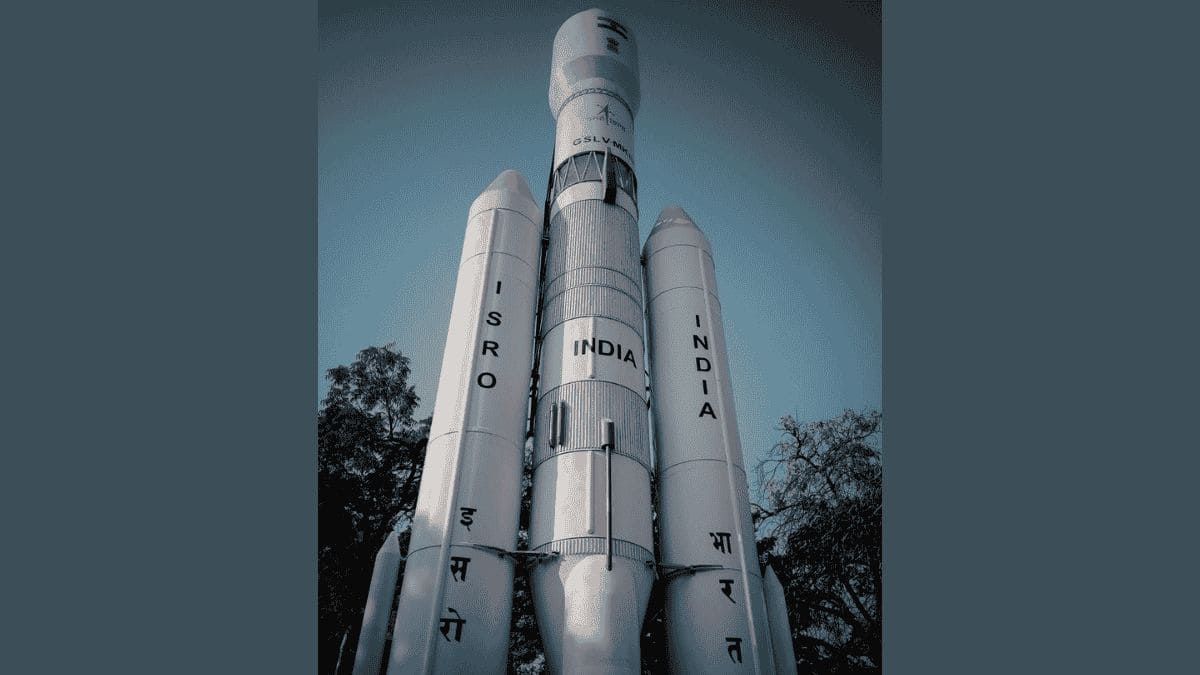The PSLV (Polar Satellite Launch Vehicle) of ISRO is now being built by private firms for the TDS-1 Mission. In an interview, ISRO Chief V. Narayanan said that a consortium of L&T and HAL (Hindustan Aeronautics Limited) will manufacture the first privately built PSLV for the Technology Demonstration Satellite (TDS-1) mission for testing 35 new indigenous technologies.
ISRO is providing guidance and support to private manufacturers under a contract for five new advanced versions of the PSLV, with the first rocket scheduled to launch in the third quarter of 2025.
L& T (Larsen and Tubro Limited) is an Indian multinational conglomerate involve in construction, mining, manufacturing of heavy equipment, power generation equipment and defense arms research and developer, and many more is now in space sector.
PSLV Specifications
PSLV is a launch vehicle capable of launching payloads into LEO ( Low Earth Orbit), Sub-GTO and GTO ( Geosynchronous Transfer Orbit).

PSLV
| Height | 44 meter |
| Diameter | 2.8 meter |
| Number of stages | 4 |
| Variants | 2 (PSLV-CA, PSLV-XL) |
| Lift off mass | 320 tonnes (PSLV-XL) |
| First Flight | September 20, 1993 |
What is TDS-1 Mission of ISRO
The Technology Demonstration Satellite (TDS-1 mission) of ISRO is an experimental mission designed to test new technologies such as quantum payloads, demonstrate an indigenous atomic clock, and test electric propulsion alongside chemical propulsion, including a 300 milli-Newton (300mN) electric propulsion thruster.
300 milli-Newton (300mN) electric propulsion is a type of spacecraft propulsion that uses electrical energy (often from solar panels) to accelerate propellant to generate thrust, usually much more efficiently than chemical propulsion systems. These systems are ideal for deep-space missions, orbit Maintenance, Attitude Control, Maneuvering in Space. However, electric propulsion is typically not used for large, quick maneuvers (like launches) because it provides a low thrust-to-weight ratio.
Quantum payloads refer to experimental technologies that leverage the principles of quantum mechanics for advanced applications in space missions. These payloads are designed to test and demonstrate quantum technologies in the space environment, which can enable next-generation capabilities in areas like communication, navigation, and sensing. Examples of quantum payload projects are China’s Micius Satellite, NASA’s Quantum Communications Program
The TDS-1 mission of ISRO is the first step towards the upcoming TDS-2, TDS-3, and other demonstration missions for privately manufactured rockets.
ISRO & IIT Madras Unveil Indigenous Space Microprocessor IRIS-LV for Advanced Space Missions


